Strictly speaking, the Ålands Sjöfartsmuseum. Images follow:
cc-by-sa on
everything.
This museum is near the western docks at Mariehamn.

The old entrance, now disused but still attractive.



Ship models, made I think all by the same sailor with a lot of free
time.

Figureheads.


A mast and rigging, showing how belaying-pins and such like work. The
second one was open for children to play with.
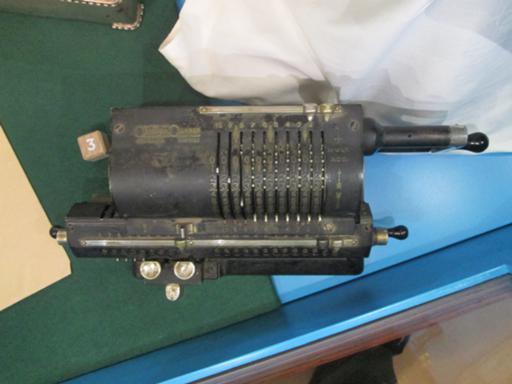
I love this style of calculator. I've never seen one exactly like the
one I have.


Compasses and logs. The general feeling I got was that they had rather
too much stuff and not enough time to write about it all. (Compare
the National Maritime Museum, which tries to give histories for the
things in its collection.)






Navigational instruments, including a quintant.

The ship simulator. Not bad, though it's standard commercial software
(Ports of Call Deluxe, sufficiently old now that I wasn't able to
locate a copy).

Star-mapping tools.

The view, more or less, from the bridge.

Ships' rations (Welsh Rarebit in a box?)

Ship's medicine chest.

Propeller, for scale.

Standard hull forms.

Breathing apparatus.

The (WWII) Russian torpedo that missed Arcturus, an evacuee
transport.

A steam-engine crank shaft.






The triple-expansion steam engine. They're very proud of this, even
though it spent most of its service career in a floating crane in
Bristol.


The captain's saloon from the four-masted barque Hertzogen Cecilie.



A dim and dingy work/storage space that felt like coming home.


Various small coastal lights.

Shipbuilding in the 1920s.


Entry to the maritime museum also gets one entrance to the four-masted
barque Pommern (formerly Mneme). She was one of the Flying
P-Liners (F. Laeisz company), then bought by Gustaf Erikson of
Mariehamn (I think in the 1920s) when sailing ships were generally
considered obsolete and therefore cheap. She was used on the grain run
from Australia to England, until the Second World War.

Construction is timber decking over steel beams.


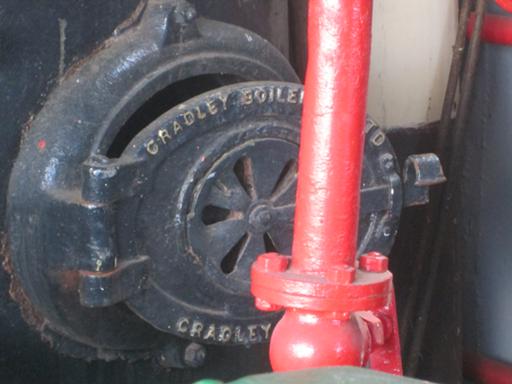
The donkey house, which held a steam boiler, hot bulb engine, and two
steam winches.
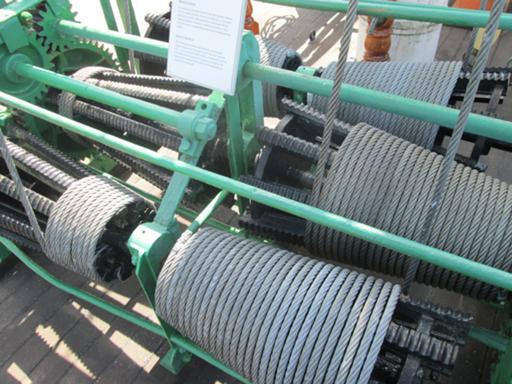
Apparently the last innovation in commercial sailing, the brace winch
(Jarvis, 1892) allows three yards to be braced at once.
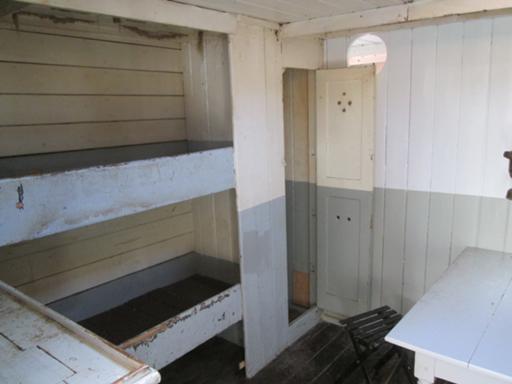
Crew cabin, with three bunks. Most of the officers' cabins were on the
sunny side, so I couldn't get decent photos.
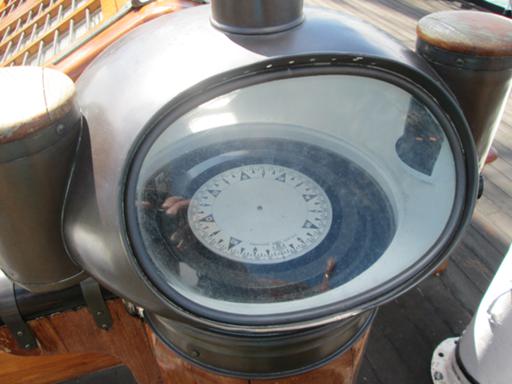
Binnacle by the wheel.

Wheel and wheel-box.

Passenger cabin.



Captain's cabin, with flush toilet.

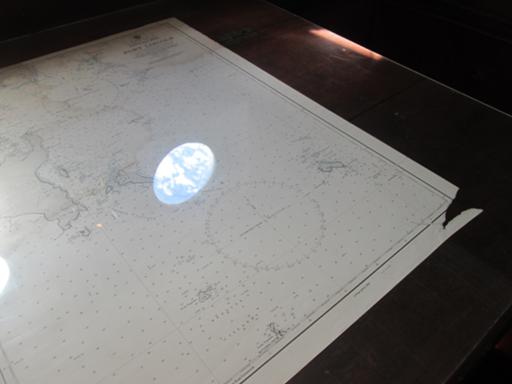
Navigating cabin: signal flags and charts.

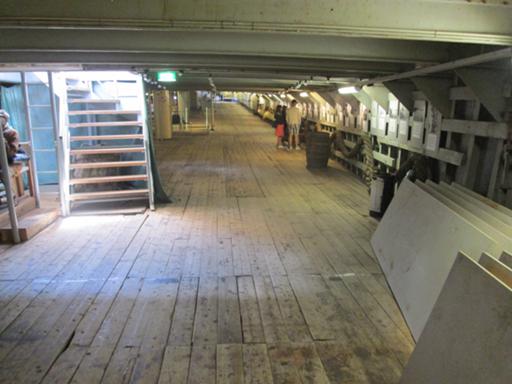

Below decks: food storage and general cargo.

Restoration workshop.
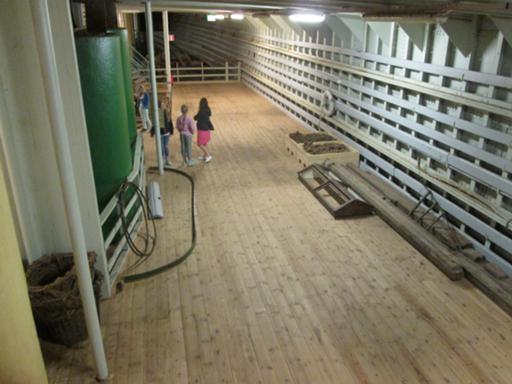

Down into the main hold.

Right at the bottom of the ship.

A selection of block and tackle.

Display cases of related artefacts – as in the main museum, one got a
feeling that they had too much stuff and not enough time to do more
than sort it roughly by subject category.

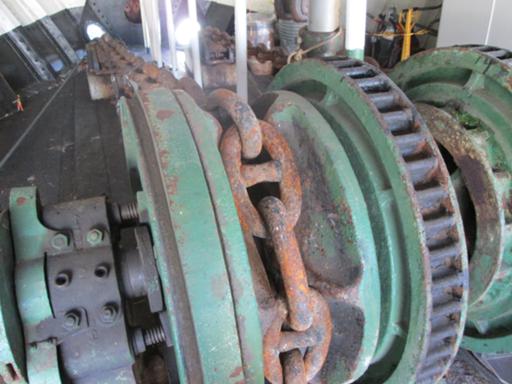



Anchor winch and chain, and capstan above.

Over the bows.

The deck from forward.

Just as I was getting ready to leave, I heard the sound of a cello
being tuned.

This string trio, 3riksson,
played several folk-style tunes, rather well. (They also have some
videos on youtube.)

Rigging and sky.
Comments on this post are now closed. If you have particular grounds for adding a late comment, comment on a more recent post quoting the URL of this one.